

Nintendo Wii U owners have been waiting quite some time for the next true entry of The Legend of Zelda, which made the initial announcement of a crossover between the beloved franchise and Dynasty Warriors all the more bizarre. Officially released under the banner Hyrule Warriors, the game borrows elements of both game franchises to offer a unique hack-and-slash experience on a grand scale. The end result may not be overly deep or challenging, but there are certain aspects of the title that will hit a handful of the right chords for fans of both series.
The plot surrounding the events in Hyrule Warriors emanates from a sorceress named Cia who’s been corrupted by an (initially) unnamed and ferocious evil. Since she has the ability to see various events unfold throughout time, she’s gained an unhealthy obsession with capturing the soul of Link – who just so happens to be the holder of the Triforce of Courage. In a bid to claim the mute protagonist’s soul, Cia has opened up portals to various timezones that link back to previous core Zelda entries (Ocarina of Time, Twilight Princess and Skyward Sword) in order to summon reinforcements.
Before venturing out onto the battlefield with the iconic green tunic in tow, it’s important to note that fans need to keep their expectations in check. Nintendo doesn’t feature ‘The Legend of Zelda‘ in the title of this game for a reason, and even though familiar faces may be present throughout, Hyrule Warriors is a lot more like Dynasty Warriors than anything else. That said, there are some nice nods to the classic Nintendo-owned property scattered throughout the game.
Since this crossover is largely inspired by the gameplay of Tecmo-Koei‘s Dynasty Warriors, players are tasked with wiping out hordes after hordes of enemies. Players will regularly tear through over 1,000 foes during each stage – something that, admittedly, is an enjoyable power trip – but tedium begins to set in once the thrill fades.
In order to shake up the monotony of grinding through armies, the developers at Team Ninja and Omega Force added boss monsters to help mix things up. Based on existing end-world tyrants from Ocarina of Time, Twilight Princess and Skyward Sword, these gigantic hostiles can be destroyed by utilizing special armaments located throughout each area of the game. As many Zelda fans will point out, this is a nod to the traditional dungeon-based action found throughout core entries of the franchise.
Boss battles are a refreshing change of pace from the ‘B/Y-button’ fueled franticness that makes up a majority of the Hyrule Warriors campaign, and that’s because there’s a unique tactic that must be employed to defeat each and every monstrous baddie. Whether it’s throwing bombs into the King Dodongo’s mouth to stun him or using the chainshot to bring the ferocious dragon Argorok crashing down from the sky, these are the points that feel the most Zelda-esque and they make for some of the game’s most enjoyable moments.
During battle, users will accumulate a number of different items that they can then use to upgrade their roster of playable characters. These upgrades work similarly to a skill tree in that players must pick and choose where and when to spend these items on different attributes. Using up these various items can unlock additional combos, among other things, and there’s a surprising amount of depth behind this system – which will require players to go back through completed stages to secure rarer materials.
After the main campaign has wrapped up, fans can jump into Adventure mode. Taking place on the original The Legend of Zelda‘s overworld map, this mode makes for a nice distraction before, during or after users have completed the main campaign. There are secrets to discover, based on their original locations in the NES classic (which requires some detective work or serious recollection to discover) but the entire Adventure mode itself is a lovely addition to a game that’s already bursting with fan service.
While the aforementioned mode is an intoxicating nod to the initial game that started it all, the co-op implemented in Hyrule Warriors is a sobering reminder that presentation is not a constant throughout the product. Co-op shifts the action of one user’s experience onto the Wii U GamePad’s screen, allowing the second player to have full access of the television. This feature, however, greatly impacts the graphics on both screens and makes the title look more reminiscent to a Wii game than a Wii U one.
Hyrule Warriors manages to offer plenty of fan service to longtime aficionados of The Legend of Zelda, with ample references to some of the most treasured installments in the series. That said, the action falls flat after a few missions and players will be left grinding through tedious and repetitive scenarios over and over again. There is some fun to be had in this crossover, but it will only cater to fans who have built up an acquired taste for the hack-and-slash formula of Dynasty Warriors.
___
Hyrule Warriors arrives exclusively on the Nintendo Wii U on September 26, 2014.
Follow Riley on Twitter @TheRileyLittle.
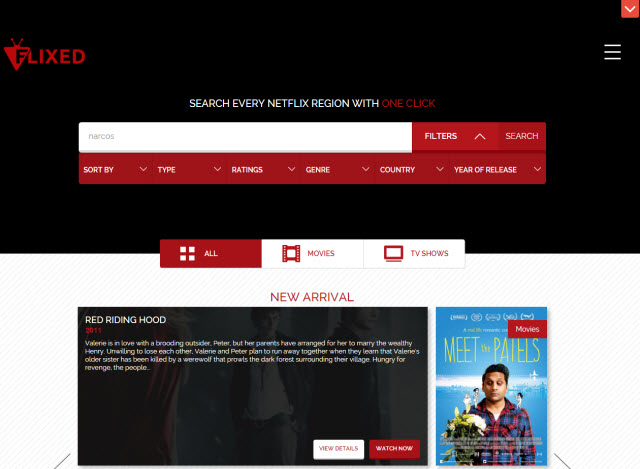
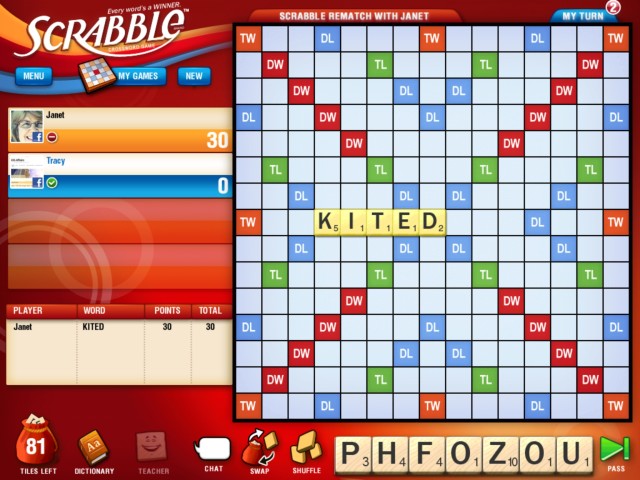
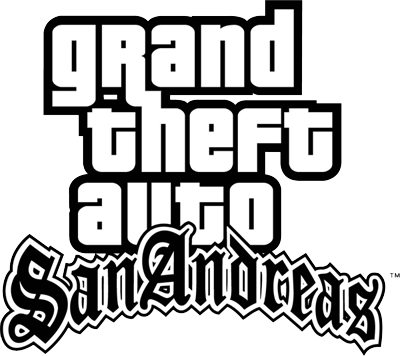
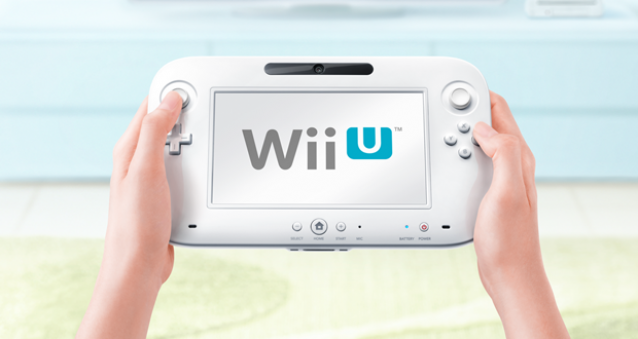
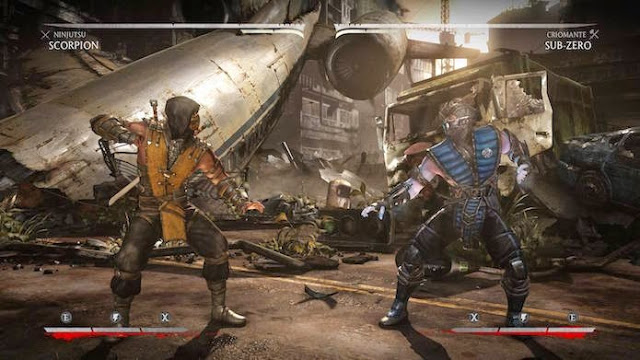 Mortal Kombat X vs 9 (MKX vs MK9) graphics comparison
Mortal Kombat X vs 9 (MKX vs MK9) graphics comparison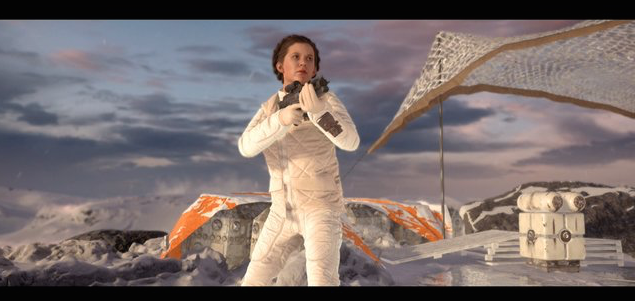 Star Wars Battlefront: How to Play Leia
Star Wars Battlefront: How to Play Leia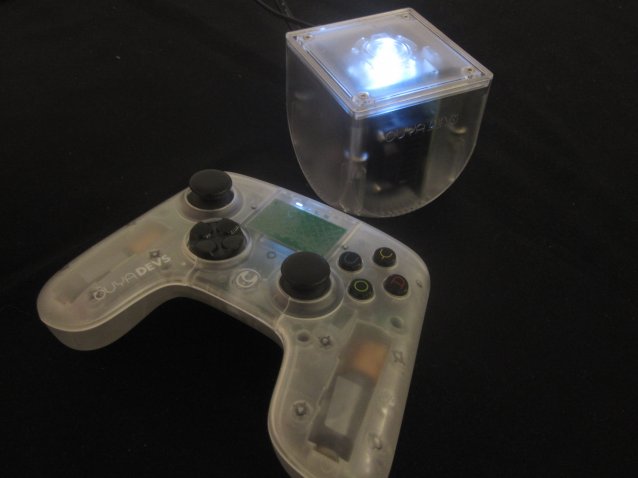 Ouya: The Upcoming Console Wars Not So Small Player
Ouya: The Upcoming Console Wars Not So Small Player Final Fantasy XV (15): A Glimpse of the Future
Final Fantasy XV (15): A Glimpse of the Future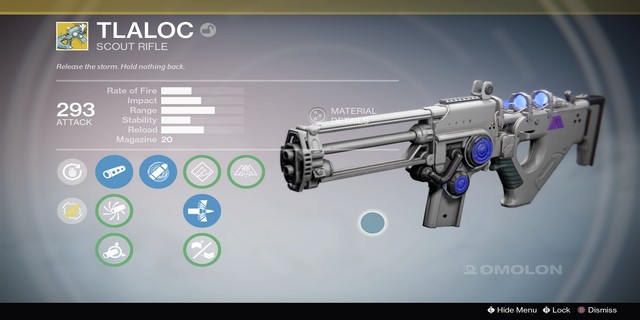 How To Unlock Destiny: The Taken King TLALOC Exotic Weapon
How To Unlock Destiny: The Taken King TLALOC Exotic Weapon